Monthly Archives: March 2024
SOURCE: IDRW.ORG TEAM.

The Indian Air Force (IAF) is preparing to elevate its special forces training with the procurement of a Vertical Wind Tunnel (VWT). This advanced technology simulates realistic free-fall conditions, offering unparalleled training opportunities for the elite Garud Commando Force.
As the special forces unit of the IAF, the Garud Commandos shoulder critical responsibilities. They specialize in counter-terrorism operations, hostage rescue, protection of vital IAF assets, and unique air force-centric special operations. Since their establishment in 2004, the Garuds have proven their mettle in various missions.
Continue readingSOURCE: RAUNAK KUNDE / NEWS BEAT / IDRW.ORG

Solar Industries India Limited (SOLARINDS) has unveiled the Bhargavastra Weapons System, a revolutionary defense technology designed to combat Unmanned Aerial Vehicles (UAVs) and drones. This innovative system was showcased on the Bharat-Shakti defence portal Youtube video, highlighting its potential to safeguard Indian airspace.
Developers of the Bhargavastra system describe it as a comprehensive configuration encompassing various critical components:
Continue readingSOURCE: RAUNAK KUNDE / NEWS BEAT / IDRW.ORG
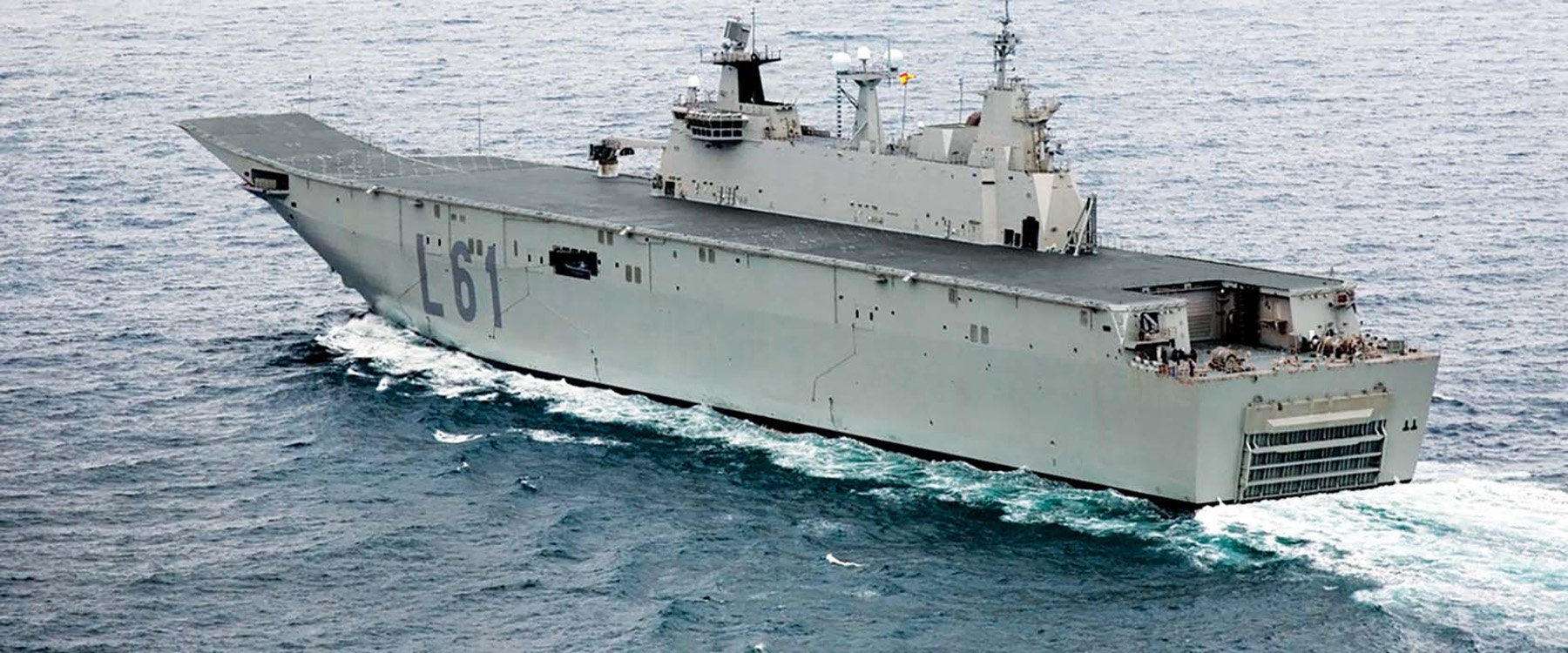
Navantia, a prominent Spanish state-owned shipyard, has set its sights on supplying the Indian Navy with its latest offering – the Juan Carlos I class multi-purpose amphibious assault ship. This news comes as the Indian Navy seeks to bolster its fleet with Landing Platform Docks (LPDs).
Amparo Valcarce, Spain’s Secretary of State for Defence, confirmed that Spain is not just offering the Juan Carlos I class LDPs, but also proposing their construction within India through a technology transfer (ToT) agreement. This “Make in India” approach would involve building a 26,000-ton LDP at a selected Indian shipyard, fostering domestic shipbuilding capabilities.
Continue readingSOURCE: RAUNAK KUNDE / NEWS BEAT / IDRW.ORG
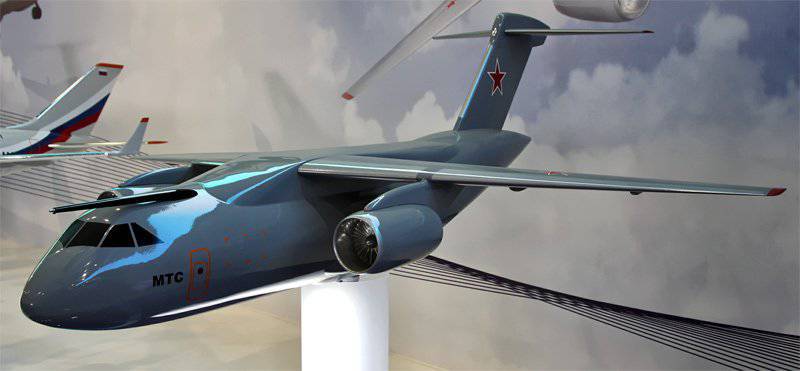
Fearing exclusion from the upcoming Medium Transport Aircraft (MTA) program, India’s state-owned aerospace giant Hindustan Aeronautics Limited (HAL) is lobbying for the development of a completely indigenous cargo transporter. This comes amidst the successful execution of the C-295 transport aircraft order by a private company, a first for India.
Sources familiar with the program inform idrw.org that HAL is advocating for the indigenous development of a new cargo aircraft. This approach aims to bolster India’s self-reliance in the defence sector and potentially create a long-term advantage in terms of maintenance and future upgrades.
Continue readingSOURCE: IDRW.ORG TEAM.
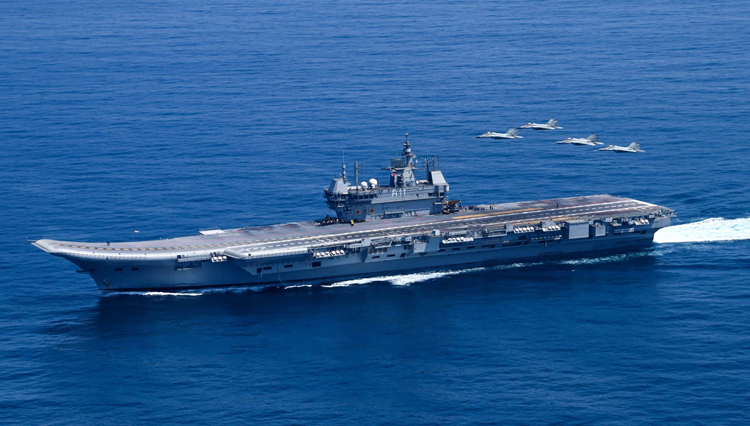
The Indian Navy has reportedly submitted a formal proposal to the government for the construction of a third aircraft carrier. This proposed vessel would be the second indigenously built carrier for India, signifying a major stride in the nation’s quest for self-reliance in defense manufacturing.
Indian defense analysts believe that this new aircraft carrier is crucial for India’s ambitions of becoming the dominant power in the Indian Ocean Region (IOR). A strong naval presence with robust carrier capabilities is seen as a key factor in achieving this goal.
Continue readingSOURCE: IDRW.ORG TEAM.
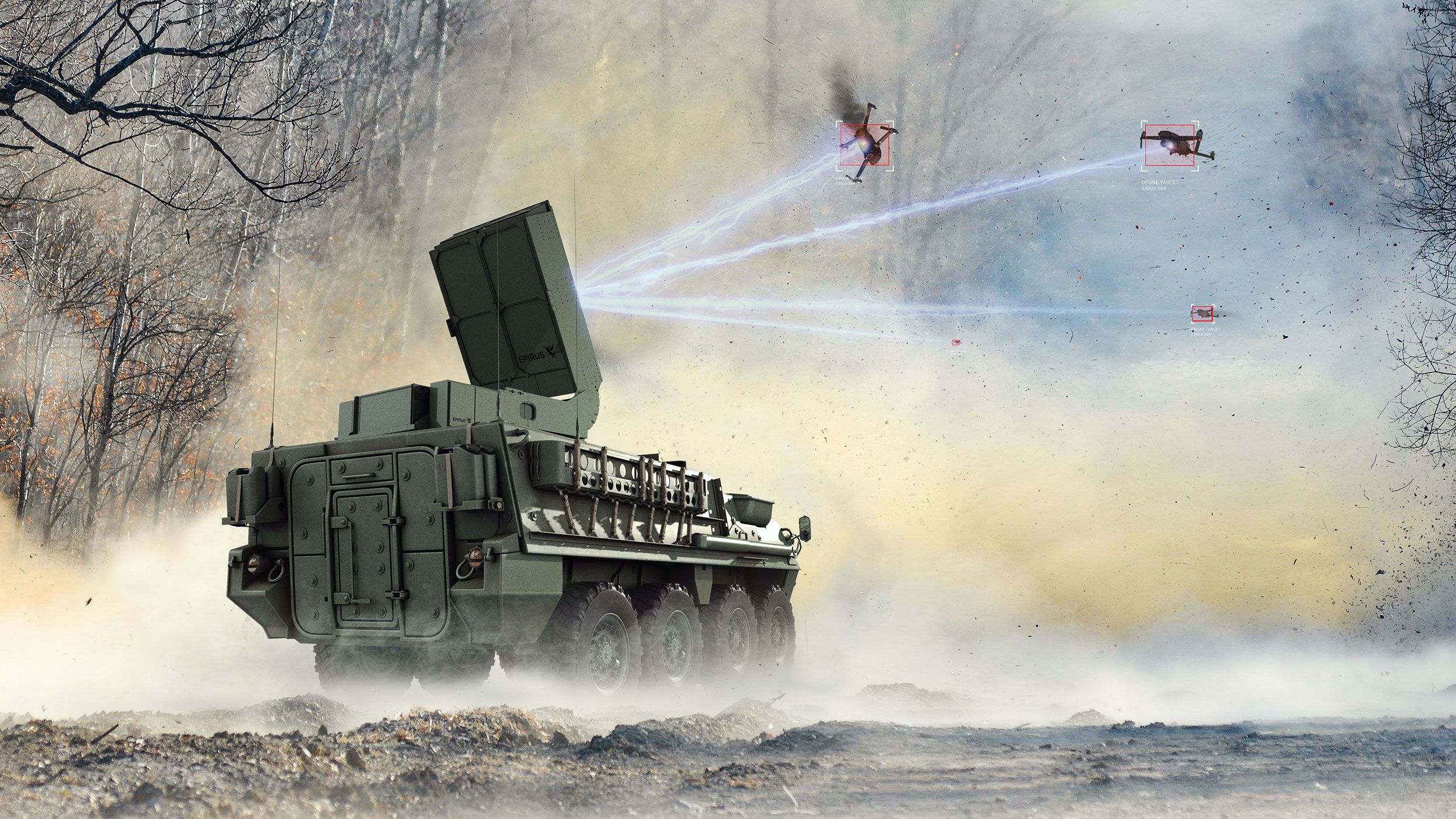
In the modern battlefield, unmanned aerial vehicles (UAVs) or drones have become an increasingly prevalent threat, capable of gathering intelligence, conducting surveillance, and even delivering payloads to targets. Recognizing the critical need to counter this evolving threat, the Indian Ministry of Defence has initiated the iDEX challenge to develop an Anti-Drone System specifically tailored for integration with armored vehicles such as the T-72, T-90, BMP, and Arjun tanks.
This system aims to detect, identify/classify, track, and neutralize enemy drones’ RF transmissions without altering the existing platforms.
Continue readingSOURCE: RAUNAK KUNDE / NEWS BEAT / IDRW.ORG

The recent clearance by the Cabinet Committee on Security (CCS) for India’s Advanced Medium Combat Aircraft (AMCA) program has reignited discussions regarding the fate of the Multi-Role Fighter Aircraft (MRFA) tender, which seeks to procure 114 jets from various countries. Amidst growing calls to scrap the MRFA tender, stakeholders familiar with the program have indicated idrw.org that such a move is unlikely despite the push for indigenous aircraft production.
The MRFA tender has attracted proposals from multiple countries, offering a range of fighter jets to meet India’s operational requirements. However, with the decline in squadron levels and the production of AMCA or Tejas MkII still a year away, the Indian Air Force (IAF) faces a critical shortage of combat aircraft. While the IAF advocates for the acquisition of 114 jets manufactured in India under transfer of technology (ToT) agreements, the tender process has yet to progress to the issuance of Acceptance of Necessity (AoN) or Request for Proposal (RFP) stages, suggesting that a conclusion to the program may be distant.
Continue readingSOURCE: RAUNAK KUNDE / NEWS BEAT / IDRW.ORG

Lieutenant General P R Shankar (Retd.) recently addressed a Southern Command seminar on National Security and Building Bharat. During his speech, he revealed details about the ongoing development of a next-generation ramjet-powered artillery shell by the Indian Institute of Technology Madras (IIT Madras) and the Army Design Bureau (ADB).
Lt Gen Shankar confirmed that a test of the 155mm ramjet shell was conducted last month at Balasore. While the test was not entirely successful, it provided valuable data for further development. The team is currently working on a 10th-12th iteration of the design, which is expected to be ready soon.
Continue readingSOURCE: RAUNAK KUNDE / NEWS BEAT / IDRW.ORG
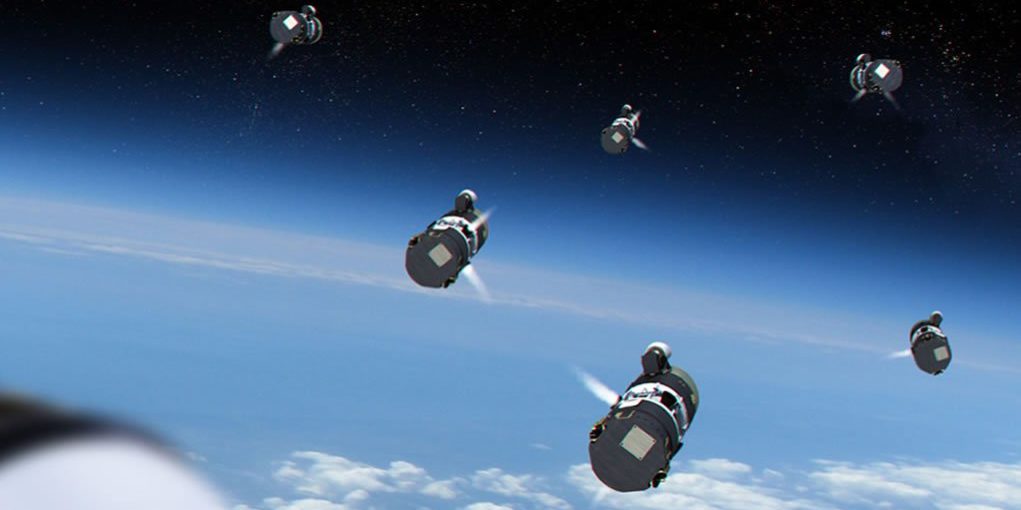
India’s recent successful test of the Agni-V missile equipped with MIRV (Multiple Independently Re-entry Vehicle) technology marks a significant advancement in the country’s strategic capabilities. This development strengthens India’s nuclear triad, a three-pronged deterrent system encompassing land, air, and sea-based nuclear launch platforms.
While the Agni-V test bolsters offensive capabilities, India is simultaneously focusing on defensive measures. Following the deployment of Phase-I BMD, the country is actively developing a Phase-II system and Beyond.
Continue readingSOURCE: IDRW.ORG
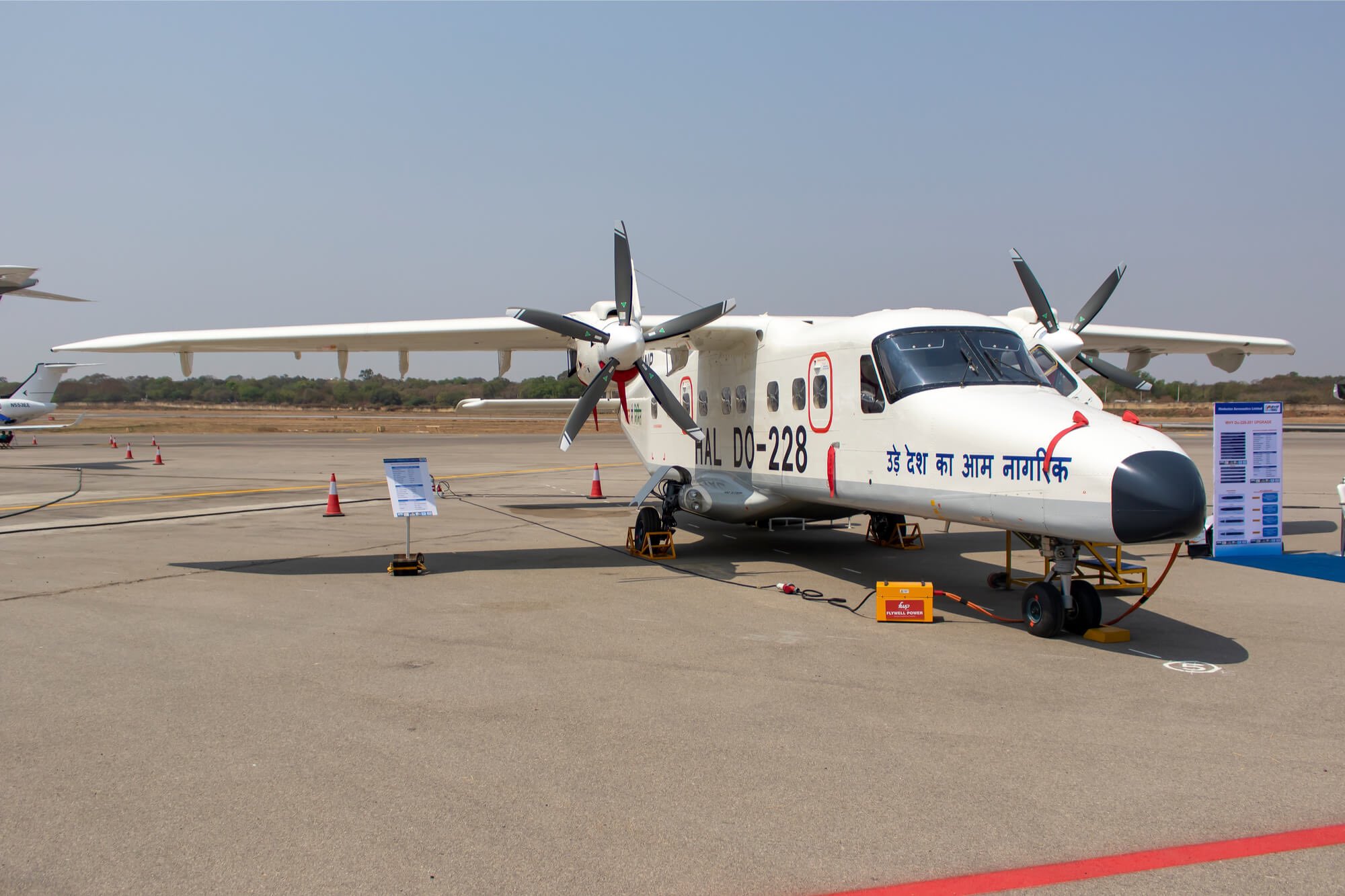
The Guyana Defence Force (GDF) has secured a $23.27 million USD loan from the Export-Import Bank of India (EXIM Bank) to acquire two Dornier Do-228 aircraft manufactured by Hindustan Aeronautics Limited (HAL) of India. This agreement marks a significant step forward in the GDF’s ongoing modernization efforts.
The financing deal was signed on Friday by Guyana’s Finance Minister, Dr. Ashni Singh, and Deputy General Manager of EXIM Bank, Sanjay Lamba. The Guyana Ministry of Finance credits President Ali’s visit to HAL in January 2023 as the impetus for this agreement. While the official announcement did not specify the aircraft model, previous pronouncements by the Guyanese government had indicated their interest in acquiring two Dornier 228 planes.
Continue readingSOURCE: IDRW.ORG TEAM.

The Indian Army is set to receive a boost in firepower later this year with the arrival of six AH-64 Apache attack helicopters from Boeing. These aerial warriors will sport a distinctive sand camouflage paint scheme, specifically designed to provide them with an edge in the arid regions of western India.
Sand camouflage, also known as desert camouflage, utilizes a blend of light brown, tan, and sometimes green tones. This mimics the natural colors of sandy landscapes and rocky outcrops, making the helicopter a tougher target to spot for enemy forces on the ground. By breaking up the helicopter’s outline, especially from afar, sand camo enhances its survivability.
Continue readingSOURCE: IDRW.ORG TEAM.

Researchers from the Indian Institutes of Technology (IIT) Mandi and Palakkad have unveiled a groundbreaking innovation – a marine robot designed specifically for real-time underwater tasks. This state-of-the-the-art robot promises to revolutionize underwater operations by enhancing efficiency, reducing risks, and minimizing costs.
The robot’s key strength lies in its ability to address problems in real-time. Unlike traditional methods, which may involve human divers or bulky remotely operated vehicles (ROVs), this robot offers a more agile and adaptable solution. It can quickly assess situations and provide immediate feedback, allowing for faster decision-making and problem-solving during underwater operations.
Continue readingSOURCE: IDRW.ORG TEAM.
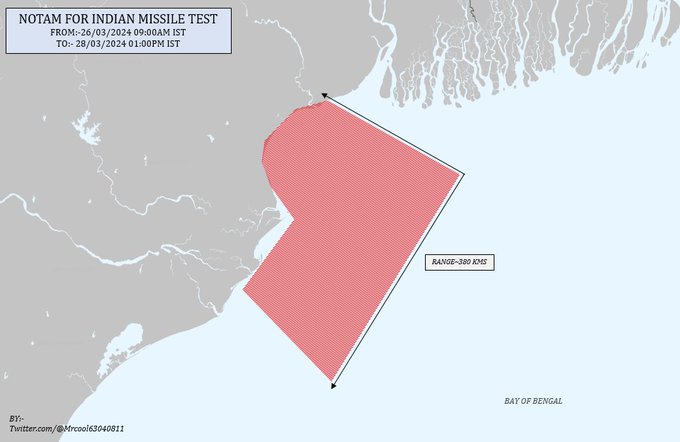
@Mrcool63040811
India’s recent issuance of a Notice to Airmen (NOTAM) for a missile test in the Bay of Bengal has sparked speculation and interest in the defense community. Scheduled from March 26th to April 28th, 2024, with a designated area spanning 380 kilometers, the test has piqued curiosity regarding the nature and capabilities of the missile being tested. While speculation abounds, the specifics of the test remain shrouded in secrecy until its completion.
The issuance of a NOTAM for a missile test is not uncommon, especially for countries actively engaged in the development and testing of military hardware. In the case of India’s recent NOTAM, the designated area in the Bay of Bengal indicates that the test will likely involve the firing of a missile over a specified trajectory within the designated range.
Continue readingSOURCE: RAUNAK KUNDE / NEWS BEAT / IDRW.ORG

India’s long-awaited AMCA (Advanced Medium Combat Aircraft) program has received a critical boost with government approval for its development. This domestically produced 5th generation fighter jet signifies a significant leap forward in India’s quest for self-reliance in advanced aerospace technology.
The initial stages of production will involve Hindustan Aeronautics Limited (HAL), India’s state-owned aerospace and defence company. HAL will be responsible for manufacturing prototypes and pre-production aircraft, laying the groundwork for full-scale production.
Continue readingSOURCE: RAUNAK KUNDE / NEWS BEAT / IDRW.ORG
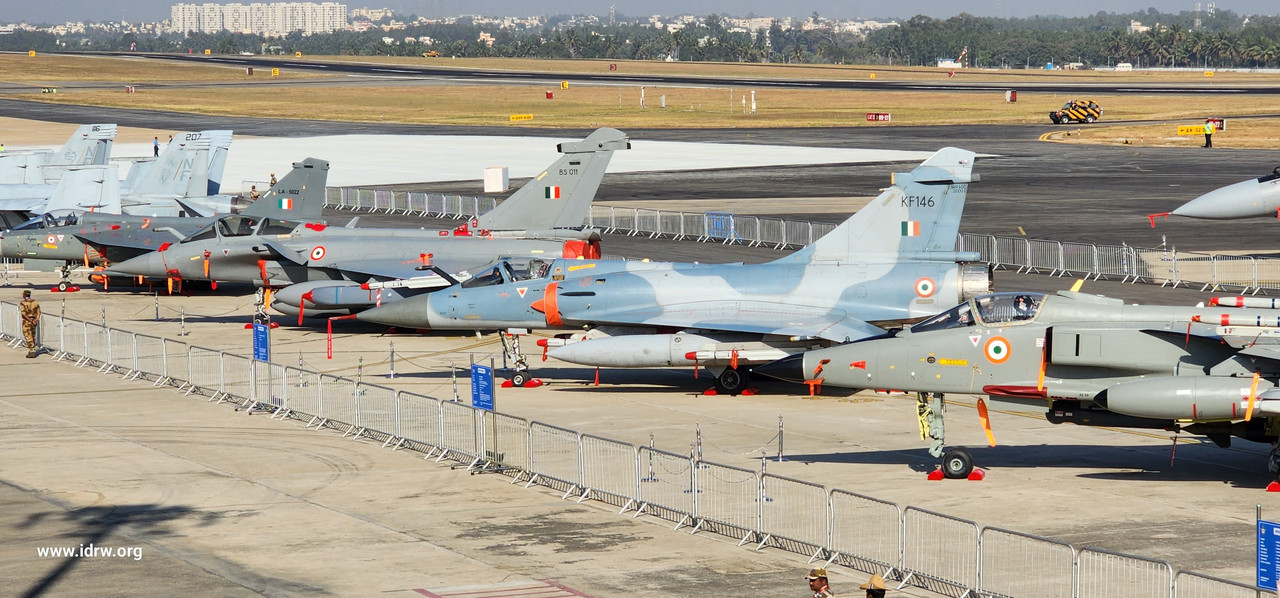
French aviation giant Dassault is caught in a conundrum. With a staggering backlog of 211 Rafale fighter jets 141 for export and 70 for the French Air Force by the end of 2023, the company is yearning to ramp up production to meet the surging demand. However, a combination of factors threatens to turn this ambition into a ten-year wait for deliveries.
Dassault aspires to increase production from the current rate of 13 jets per year to 20. This would significantly reduce the backlog, but even at this pace, clearing the current queue would take a decade. Potential new customers, particularly those seeking swift deliveries, might be discouraged by this extended wait time.
Continue reading